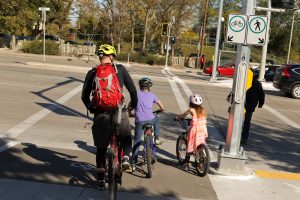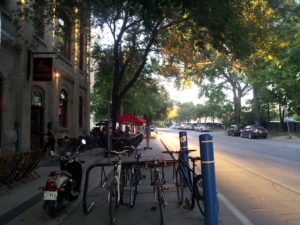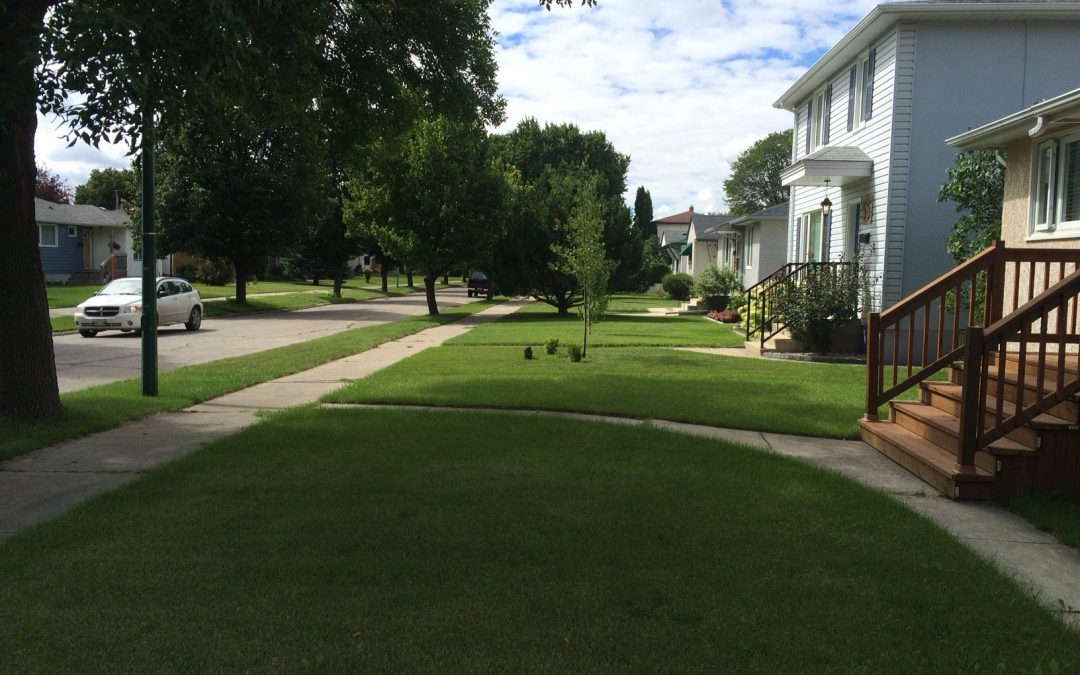How did you pick the neighbourhood you live in? Was it finding your dream house, wanting to be away from the hustle and bustle of the city, or was it the catchment area to ensure your children could attend a certain school? Did the walkability of the neighbourhood play a role?
A 2015 report from Centre for Cities examined the question of “Why do people live where they do” and the results were analysed in CityLab by Richard Florida.
Looking further into the key differences between city dwellers and suburbanites, he found:
City dwellers placed greater importance on proximity to restaurants, leisure, and cultural facilities, public transit, local shops, and living close to their workplace. Suburbanites and those in rural hinterlands placed higher value on the cost of housing, the size and type of housing, safety and security, good schools, green space, and being close to family and friends. They were also more likely to live in the neighborhood where they grew up and were much less concerned with being close to where they worked.
Deciding where to put down roots, especially when considering the well-being of our family, is a big decision. How interesting, then, that this migration to the suburbs since the 1950s might be playing a pivotal, negative role in our overall health as a society. How is this possible? Didn’t we move to the suburbs for cleaner air, safer surroundings and more space?
 Ironically, by creating neighbourhoods further away from our places of work, school, grocery stores, and community facilities we have created a built environment more dependent upon families having a car for their daily travels. Many of us may find that our families have more than one car, maybe even one for every driver in our household, as the nature of our neighbourhood makes us so dependent upon them for our daily lives. As a result, that clean air may not be as clean as we think it is, especially around school zones with so many children being dropped off by car, as opposed to walking and biking there.
Ironically, by creating neighbourhoods further away from our places of work, school, grocery stores, and community facilities we have created a built environment more dependent upon families having a car for their daily travels. Many of us may find that our families have more than one car, maybe even one for every driver in our household, as the nature of our neighbourhood makes us so dependent upon them for our daily lives. As a result, that clean air may not be as clean as we think it is, especially around school zones with so many children being dropped off by car, as opposed to walking and biking there.
The wide-open space away from the city centre, the dream of a majority of families since the Second World War, may be at the heart of the negative health outcomes we face as a society, tied to inactivity. Jill Barker wrote in the Montreal Gazette:
The key to incorporating more exercise into your daily life is to ditch the car in favour of more time spent commuting on foot or by bike. To do that you need to live in a neighbourhood that makes it easy to walk or cycle to shops, friends, work, school and play. (How easy is it to be active in your neighbourhood?).
So, how does your neighbourhood score? Simply visit WalkScore.com and type in your address. The website will rank your residence from 1 to 100. Scores of 90-100 are a Walker’s Paradise, while those from 0-24 are Car-Dependent, with a car required for almost all errands.
And while we’d like to say that walkability of a neighbourhood doesn’t matter, that we can have a gym membership or play on sports teams to be active, and involve our kids in recreation, the reality is that the Walkscore of neighbourhoods can, and are, being used to predict health outcomes.
Increasing levels of walkability decrease the risks of excess weight. Approximately doubling the proportion of neighborhood residents walking to work decreases an individual’s risk of obesity by almost 10%. Adding a decade to the average age of neighborhood housing decreases women’s risk of obesity by about 8% and men’s by 13%. (“Walkability and Body Mass Index”, American Journal of Preventative Medicine.)
A new word I learned this year is Obesogenic, meaning tending to cause obesity. More and more, we can use the built environment as a predictor of health. I first heard Obesogenic used by Jeff Speck in his spectacular TED Talk titled The Walkable City, which I highly recommend. He highlights how the downward trend in everyday activity and neighbourhood walkability correlates with the rise in obesity, diabetes and asthma.
 What does all of this information mean? Should you list your house for sale and move to a more walkable neighbourhood? The average person moves houses about 10 times in their lives, so I do hope you will give the walkability of a neighbourhood substantial consideration if a move is in your future. To consider the economical impact of living in a walkable neighbourhood, check out The Million Dollar Neighbourhood by Robert Steuteville.
What does all of this information mean? Should you list your house for sale and move to a more walkable neighbourhood? The average person moves houses about 10 times in their lives, so I do hope you will give the walkability of a neighbourhood substantial consideration if a move is in your future. To consider the economical impact of living in a walkable neighbourhood, check out The Million Dollar Neighbourhood by Robert Steuteville.
Recognizing, however, that we have attachments to our homes, our neighbourhoods, and our decisions for living there, perhaps a move is not possible. If you typed in your address and found a poor Walkscore ranking, you can connect with your neighbours and local municipal representative on what infrastructure is needed in your area to make walking and biking for everyday errands easy and safe, especially for children. Municipalities are becoming increasingly aware of the impact of local transportation options on greenhouse gases and human health. Speak out to say you support infrastructure to ensure healthy, sustainable travel is accessible to everyone in your neighbourhood – all ages and all abilities!




Recent Comments